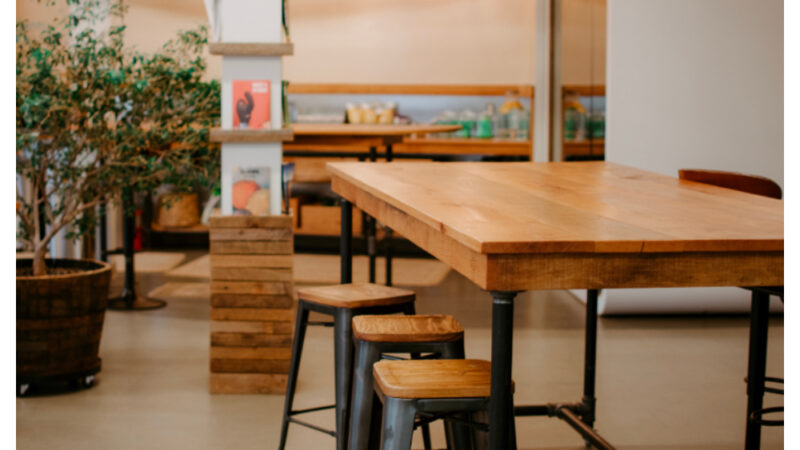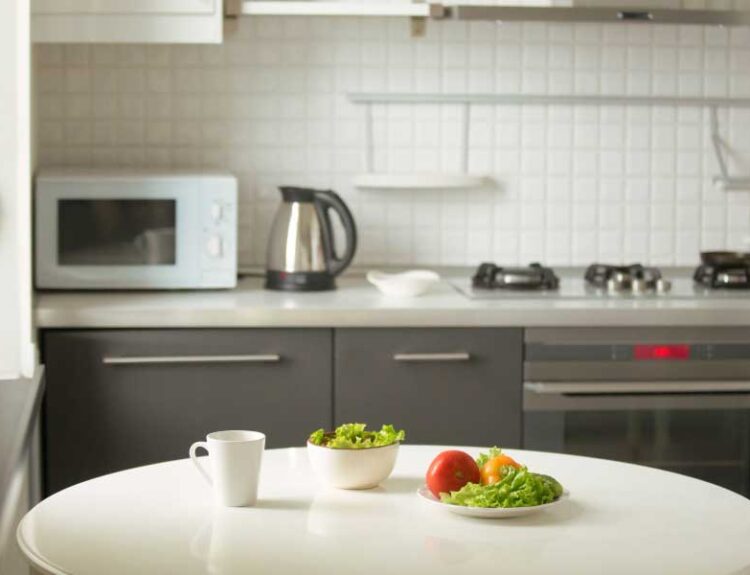Amid the hustle and bustle of daily life, our bedrooms are sanctuaries of peace and relaxation. Unfortunately, the tranquillity can often be shattered by unwanted noises from the street, neighbouring households, or even our own.
If you’re someone who yearns for a quieter and more serene space, soundproofing your bedroom is an essential step to creating the oasis you need.
Assessing the Noise
It’s important to understand the different sources of noise that could affect your bedroom’s serenity. Start by observing your surroundings and noting when the most disruptive sounds occur. Possible sources include:
- External Noise: Traffic, construction, and air traffic can be major sources of external noise pollution.
- Neighboring Houses: Sounds from adjacent apartments or homes, including footsteps, voices, and appliances, can be intrusive.
- Structure-Borne Sound: Vibrations and sounds that travel through the building’s structure, such as plumbing and heating systems.
Identify specific times when noise levels are at their peak and consider these patterns as you plan your soundproofing strategy.
Understanding Soundproofing
Soundproofing is the process of reducing the transmission of sound from one room to another by blocking and absorbing sound waves. Several techniques and materials are available, each with its strengths in addressing different types of noises.
Basics of Soundproofing Materials and Techniques
Here are some foundational principles:
- Mass: Heavier materials are better at blocking sound, so adding mass to your walls and ceiling is a key element of soundproofing.
- Decoupling: This technique involves isolating one surface from another to prevent the transfer of sound vibrations. It’s particularly effective for structure-borne sounds.
- Damping: Using materials that convert sound energy into a tiny amount of heat can reduce resonant noise.
- Absorption: Installing materials that absorb sound within the room can also help to mitigate echoes and loudness.
Now that you’ve got a handle on the theory let’s apply it to your bedroom.
Soundproofing the Walls
Walls are often the first line of defense against noise and are a solid starting point for your soundproofing project.
Choosing the Right Materials
When it comes to soundproofing walls, you have several options to choose from:
- Mass-Loaded Vinyl: This dense material adds significant mass to your wall, effectively blocking sound.
- Fiberglass Insulation: Placing insulation in the wall cavity can help absorb sound and prevent it from bouncing around inside the wall.
- Green Glue Compound: When sandwiched between two layers of drywall, Green Glue converts sound into heat, dramatically reducing sound transmission.
Each material serves a specific purpose, and a combination of these may offer the best results.
Installing Acoustic Insulation
To install acoustic insulation, you’ll need to:
- Clear the wall area by removing any wall coverings and ensuring the wall is dry and free from mold.
- Cut the insulation to fit the wall cavity and press it into place, ensuring it’s snug but not compressed.
- Cover the insulated wall with a layer of sound-damping material, like mass-loaded vinyl or Green Glue, before installing the final layer of drywall.
This approach dampens sound and can improve the room’s thermal insulation.
Sealing Gaps and Cracks
Even the smallest gap can serve as a pathway for sound to enter your bedroom. Sealing these gaps is a simple yet crucial step in the soundproofing process.
- Use acoustical caulk to fill in gaps around windows, electrical outlets, and any other wall penetrations.
- Apply weather stripping to doors and windows to create a tight seal when closed, preventing sound leaks.
- Inspect baseboards and walls, ensuring they’re properly connected and sealed.
Remember, a thorough job sealing the walls will have a dramatic impact on the effectiveness of your soundproofing efforts.
Soundproofing the Ceiling
Just as with the walls, the principles of soundproofing a ceiling involve adding mass and decoupling the surfaces to keep sound out.
Installing Acoustic Panels
Acoustic panels aren’t just for professional recording studios—they can significantly reduce echoes and mid to high-frequency sounds in your bedroom.
- Select thin, dense soundproof panels designed for sound absorption.
- Mount the panels at strategic locations on the ceiling using appropriate hardware, ensuring they are properly spaced and secured.
- For best results, consider covering the entire ceiling with acoustic soundproof panels or opt for a decorative solution that serves both aesthetic and acoustic purposes.
Adding a Suspended Ceiling
A suspended ceiling, also known as a drop ceiling, involves creating a secondary ceiling below the existing one. This creates a dead air space that can help to muffle sounds significantly.
- Install a metal grid system to support the ceiling tiles.
- Place lightweight acoustic tiles or other sound-absorbing materials within the grid, ensuring that they are securely in place.
- The result is a more peaceful bedroom environment with reduced sound transmission from the floor above.
A suspended ceiling does slightly reduce room height, so it’s important to consider this before implementation.
Additional Tips for Noise Reduction
Enhance the soundproofing of your bedroom even further with these supplemental strategies:
Using Heavy Curtains or Blinds
Thick, heavy fabrics are excellent at absorbing sound and can dampen the noise that enters through the windows. Consider floor-to-ceiling curtains or custom acoustic blinds for maximum effect.
Adding Rugs and Carpets
The softness and density of carpets and rugs provide comfort underfoot and absorb sound, reducing noise that would otherwise echo in the room.
Furniture Placement
Strategically placing furniture can act as a barrier to sound waves, preventing them from traveling freely through the room. Think about the path of noise and position your furniture to intercept it.
Maintenance and Regular Checks
Once you’ve completed your soundproofing project, it’s important to perform periodic checks to ensure that all materials are still in good condition and that no new pathways for sound transmission have been created.
- Check for any wear or damage to soundproofing materials and repair or replace them as needed.
- Inspect doors, windows, and walls for new gaps and seal them promptly.
Maintaining the integrity of your soundproofing measures will ensure a consistently peaceful environment in your bedroom.
Conclusion
Creating a peaceful bedroom oasis through soundproofing is a worthy investment in your well-being. With this guide, you now know to address the various sources of noise and implement strategies that can significantly reduce their impact, allowing you to enjoy a relaxing and undisturbed night’s sleep. Remember that the benefits of soundproofing go beyond mere comfort—it also enhances your ability to rest and recharge, contributing to a healthier and more productive lifestyle. Whether you’re crafting the perfect space for yourself or a client, a quiet bedroom with the right techniques and materials is within reach.









